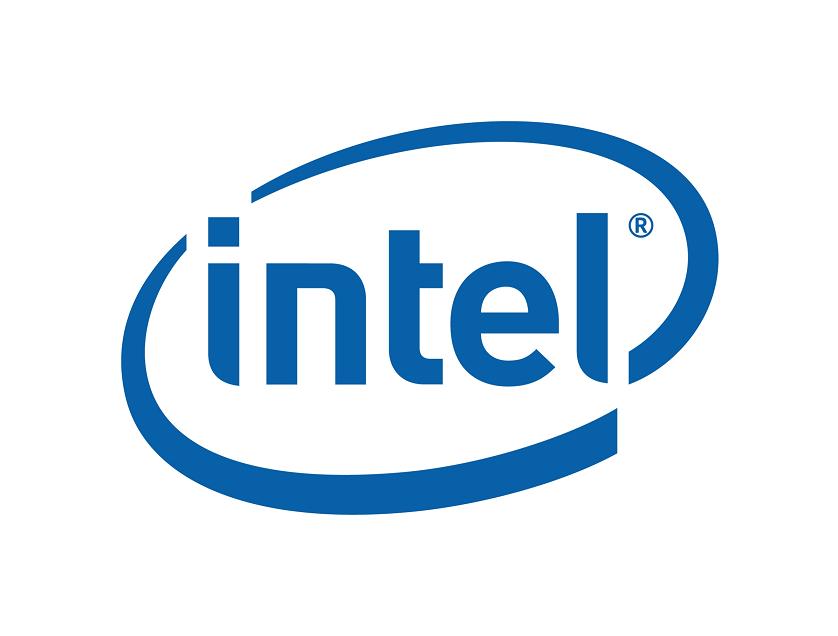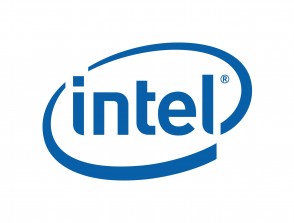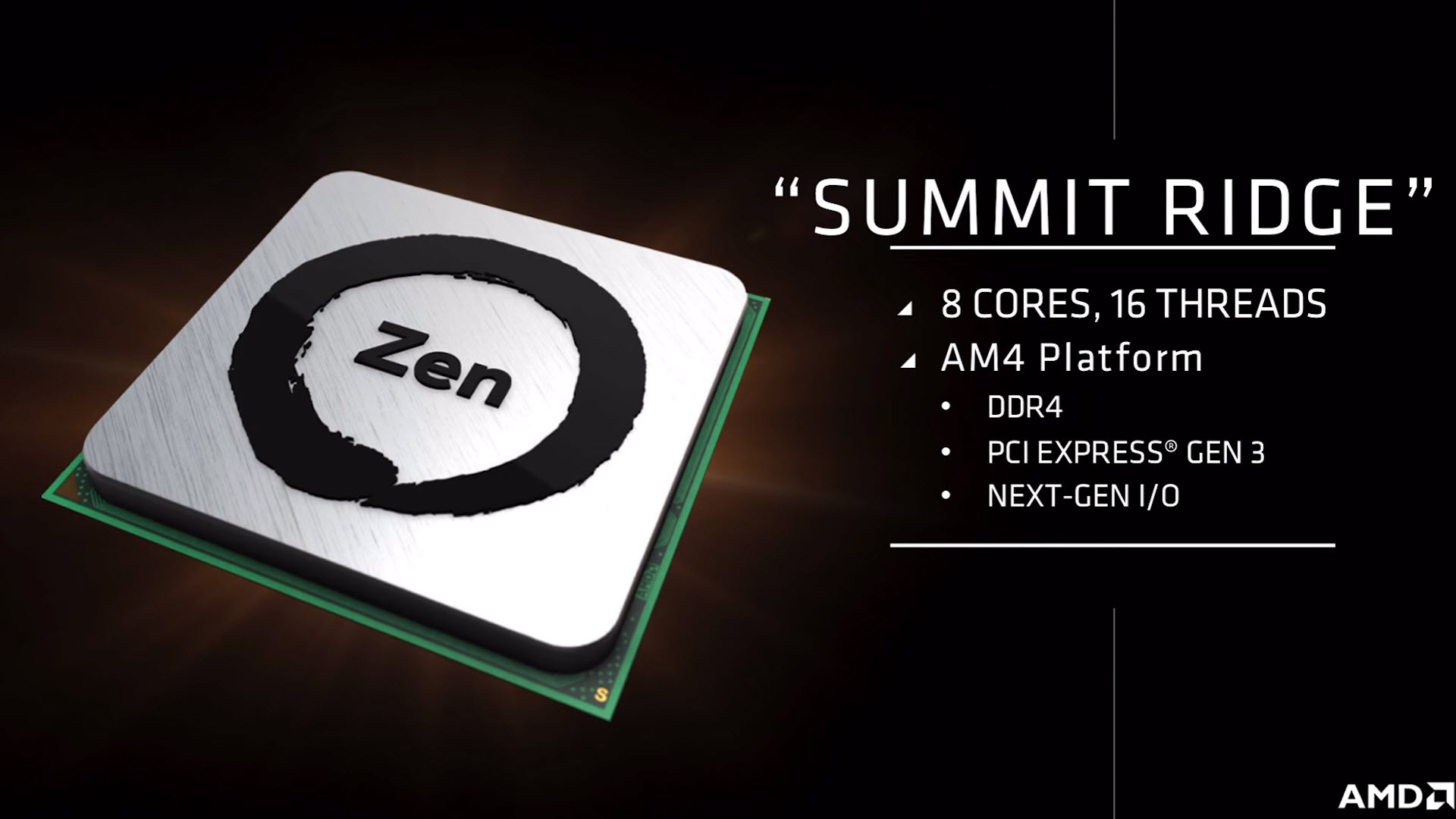Intel has just announced its “Apollo Lake” architecture with “Goldmount” cores at IDF Shenzhen 2016.
Apollo Lake is planned to replace Braswell, the current 14nm low power SoC. It will mainly be used for entry level and embedded computing devices. According to Intel, Apollo Lake will bring more performance and battery life to even thinner devices.
As with Braswell, Apollo Lake will be manufactured on Intel’s 14nm FinFETs process. Intel states that the new architecture is optimized for general tasks, but has yet to release any solid performance figures on the improvements. One thing for certain is that users are expected to experience improved graphics performance. Apollo Lake will feature Intel’s 9th Generation graphics, bring more execution units (EU) as well as true hardware-accelerated HEVC and VP9 codecs to lower-end platforms.
Similar to its Skylake cousin, Apollo Lake also introduces a memory controller that offers support for DDR4 and DDR3L. This allows manufacturers to pick and choose memory based on availability and cost, thus translating the cost saving to consumers.
Intel expects to launch Apollo Lake in the 2H2016.
Source: computerbase.de






